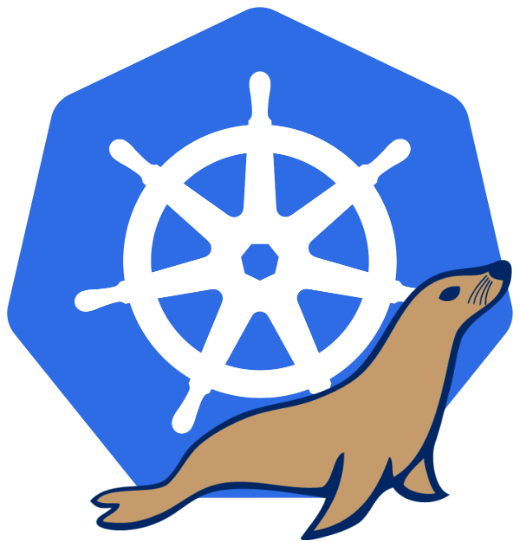Tag Archives: kubernetes
The introduction of the StatefulSet resource was a game changer when it comes to run stateful workloads in Kubernetes, introducing a wide range of features, including:
- Predictable DNS names for each Pod, allowing one to individually address them in the network.
- Stable persistent storage for each Pod, ensuring that each of them is bound to the same PersistentVolumeClaim.
- Ordered graceful deployments and automated rolling updates.
However, this isn’t quite enough for running databases in Kubernetes in a reliable way. We are missing day 1 and day 2 operations, such as configuring high availability and scheduling backups, which is something not managed by vanilla Kubernetes.
…
Continue reading “Run and operate MariaDB in Kubernetes with mariadb-operator”
In the previous blog we have seen how to create a statefulset MariaDB application. Also, we learned how replication works in MariaDB in this blog. Now, we will try to create a replicated statefulset application. As good references for creating this blog, I would like to give credit to the Kubernetes documentation as well as an example from Alibaba Cloud.
Configure replication
To replicate a MariaDB application we are going to create a statefulset that will consist of a single init container and one application container.
…
Continue reading “MariaDB & K8s: How to replicate MariaDB in K8s”
In the previous blog we created a stateless application, deployed with K8s resource Deployment, which allows one to replicate the application, but where data is lost when Pods are restarted, meaning there were no data consistency. In the same blog we used PersistentVolumeClaim for dynamic provisioning of PersistentVolume, but we used Deployment, meant for stateless application, and this way is *not recommended* for statefulset application where each replica should have its own persistent volume. The proper way to achieve that is through the Statefulset resource and this post we will cover that.
In K8s one can create a stateful application, an application like a database, which needs to save data to persistent disk storage for use by the server/clients/other applications, to keep track of its state and to be able to replicate and be used in distributed systems.
…
Continue reading “Create statefulset MariaDB application in K8s”
In the previous blog, MariaDB & K8s: Create a Secret and use it in MariaDB deployment, we used the Secrets resource to hide confidential root user data, and in the blog before that in the series, MariaDB & K8s: Communication between containers/Deployments, we created 2 containers (namely MariaDB and phpmyadmin) in a Pod. That kind of deployment didn’t have any persistent volumes.
In this blog we are going to create separate Deployments for MariaDB and WordPress applications as well as a Service for both in order to connect them. Additionally we will create Volume in a Pods of a MariaDB Deployment.
…
Continue reading “MariaDB & K8s: Deploy MariaDB and WordPress using Persistent Volumes”
In the previous blog we created a stateless application, deployed it with K8s resource Deployment, and exposed the root password, which, regarding security, is of course not recommended. K8s allows one to hide confidential data using specific K8s resources.
Let’s see how to use Secrets in K8s.
Secrets in K8s
In order to save confidential data one can use a K8s resource called Secret.
One can create Secret from the CLI by running kubectl create secret.
Here we will use two methods to create the secret.
…
Continue reading “MariaDB & K8s: Create a Secret and use it in MariaDB deployment”
In the previous blog, a background Deployment resource was created from a YAML file, consisting of a single container (MariaDB) that acts as a background container.
In this blog we are going to proceed to create the frontend container to communicate with the backend through a Service and other resources.
About Services
When an application is run through the Deployment Pods are created and destroyed dynamically. When created, they get the internal IP address in a cluster, and since they are ephemeral, there needs to be a stable way to allow communications between Pods.
…
Continue reading “MariaDB & K8s: Communication between containers/Deployments”
This is the first in a series of blogs explaining how to use MariaDB in Kubernetes (K8s), as well as explaining some important concepts of K8s and of MariaDB.
This blog explains how to start MariaDB as a stateless application in K8s using the CLI and explores different commands you can run on your CLI.
The prerequisites are that you have installed kubectl (which will also install Docker runtime) and minikube (local K8s).
Let’s first start the minikube
$ minikube start && kubectl get nodes
NAME STATUS ROLES AGE VERSION
minikube Ready control-plane,master 104d v1.22.2
The Pod is a K8s resource and the smallest unit in K8s.
…
